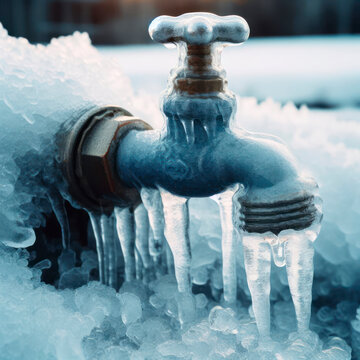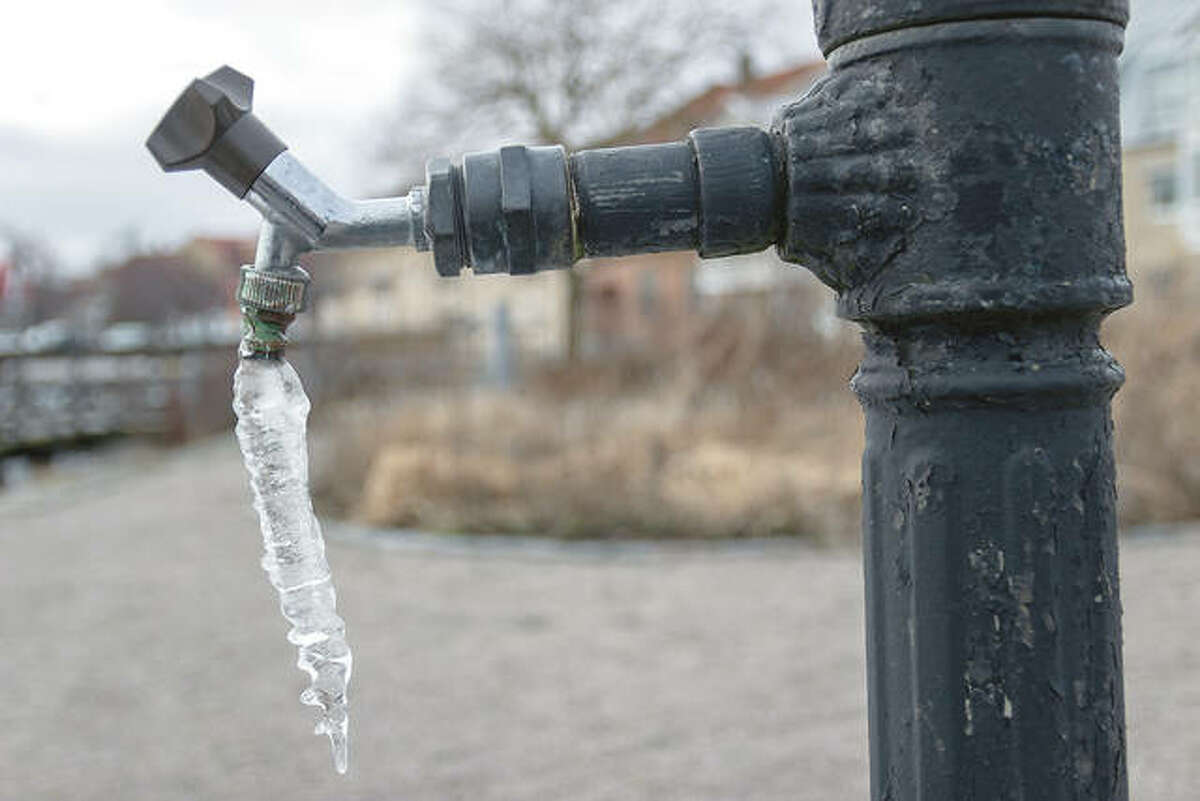Protecting Against Frozen Pipes in Winter: Key Advice
Protecting Against Frozen Pipes in Winter: Key Advice
Blog Article
Listed here in the next paragraphs you'll find a bunch of sound information and facts all about Preventing and dealing with frozen pipes.

Winter can damage your plumbing, especially by freezing pipes. Here's exactly how to prevent it from taking place and what to do if it does.
Intro
As temperatures decline, the risk of icy pipes increases, potentially leading to pricey repair work and water damages. Understanding exactly how to prevent frozen pipelines is important for homeowners in chilly environments.
Understanding Frozen Pipelines
What creates pipes to freeze?
Pipelines ice up when exposed to temperatures below 32 ° F (0 ° C) for prolonged durations. As water inside the pipelines ices up, it broadens, taxing the pipeline walls and possibly triggering them to rupture.
Dangers and damages
Frozen pipelines can bring about water supply disruptions, residential property damage, and costly repair work. Ruptured pipes can flooding homes and cause considerable structural damages.
Indications of Frozen Pipes
Determining icy pipelines early can prevent them from breaking.
How to determine icy pipes
Try to find decreased water flow from taps, uncommon odors or sounds from pipes, and visible frost on exposed pipelines.
Prevention Tips
Protecting susceptible pipes
Wrap pipes in insulation sleeves or utilize warm tape to safeguard them from freezing temperatures. Focus on pipes in unheated or exterior areas of the home.
Home heating strategies
Maintain interior rooms properly heated, especially locations with pipes. Open closet doors to permit warm air to circulate around pipes under sinks.
Protecting Exterior Pipes
Garden tubes and exterior faucets
Detach and drain pipes garden hose pipes prior to winter season. Set up frost-proof faucets or cover outdoor faucets with protected caps.
What to Do If Your Pipelines Freeze
Immediate actions to take
If you presume icy pipelines, maintain faucets available to ease pressure as the ice thaws. Make use of a hairdryer or towels taken in hot water to thaw pipelines slowly.
Long-Term Solutions
Structural adjustments
Consider rerouting pipelines far from exterior walls or unheated locations. Include added insulation to attics, basements, and crawl spaces.
Upgrading insulation
Purchase high-quality insulation for pipes, attics, and walls. Proper insulation assists keep regular temperature levels and decreases the danger of frozen pipes.
Final thought
Preventing frozen pipelines calls for aggressive actions and fast actions. By recognizing the reasons, indications, and preventive measures, homeowners can protect their pipes throughout cold weather.
5 Ways to Prevent Frozen Pipes
Drain Outdoor Faucets and Disconnect Hoses
First, close the shut-off valve that controls the flow of water in the pipe to your outdoor faucet. Then, head outside to disconnect and drain your hose and open the outdoor faucet to allow the water to completely drain out of the line. Turn off the faucet when done. Finally, head back to the shut-off valve and drain the remaining water inside the pipe into a bucket or container. Additionally, if you have a home irrigation system, you should consider hiring an expert to clear the system of water each year.
Insulate Pipes
One of the best and most cost-effective methods for preventing frozen water pipes is to wrap your pipes with insulation. This is especially important for areas in your home that aren’t exposed to heat, such as an attic. We suggest using foam sleeves, which can typically be found at your local hardware store.
Keep Heat Running at 65
Your pipes are located inside your walls, and the temperature there is much colder than the rest of the house. To prevent your pipes from freezing, The Insurance Information Institute suggests that you keep your home heated to at least 65 degrees, even when traveling. You may want to invest in smart devices that can keep an eye on the temperature in your home while you’re away.
Leave Water Dripping
Moving water — even a small trickle — can prevent ice from forming inside your pipes. When freezing temps are imminent, start a drip of water from all faucets that serve exposed pipes. Leaving a few faucets running will also help relieve pressure inside the pipes and help prevent a rupture if the water inside freezes.
Open Cupboard Doors
Warm your kitchen and bathroom pipes by opening cupboards and vanities. You should also leave your interior doors ajar to help warm air circulate evenly throughout your home.

I was guided to that report on How to Prevent Your Pipes From Freezing through a good friend on our other domain. Make sure you take a moment to promote this page if you liked it. We thank you for your readership.
Call Today Report this page